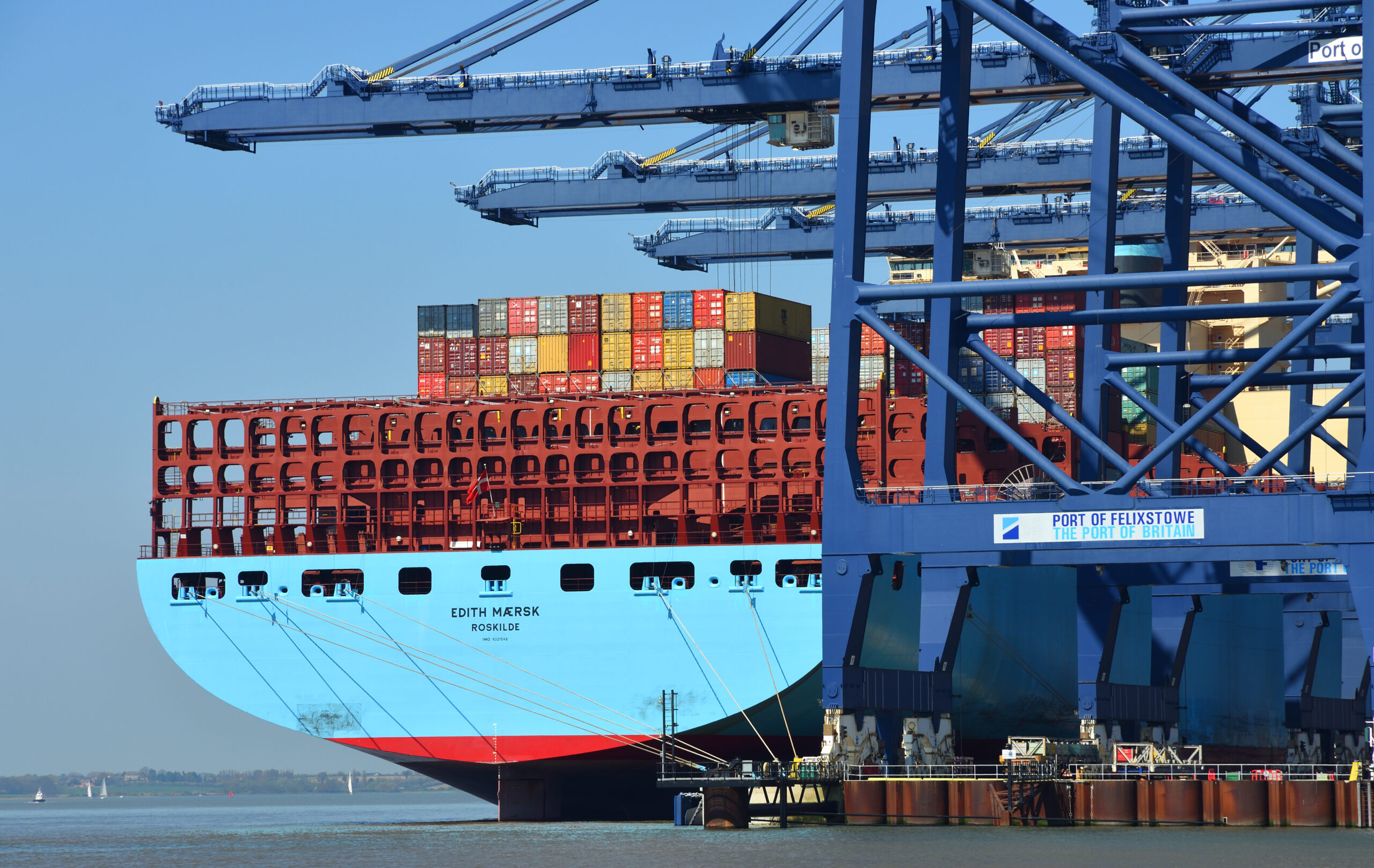The first European-built CO2 carrier is nearing completion at the Royal Niestern Sander shipyard in the Netherlands and is scheduled for christening on 14 May 2025. Commissioned by INEOS under a long-term agreement with Dutch shipowner Wagenborg, the carrier will facilitate the cross-border transportation of CO2 for permanent storage in the Danish North Sea as part of the Greensand project.
The design of the carrier is based on the EasyMax hull, which has been proven to meet the technical requirements for CO2 transportation. The vessel will operate on a dedicated route between Port Esbjerg in Denmark and the Nini West offshore storage site, where liquefied CO2 will be injected into depleted hydrocarbon reservoirs located approximately 1,800 metres beneath the seabed.
Project Greensand is led by INEOS in partnership with Harbour Energy and Nordsøfonden. It aims to become the EU’s first full-scale and operational carbon capture and storage (CCS) value chain. Following a final investment decision in December 2024, the project targets the injection of 400,000 tonnes of CO2 per year by late 2025 or early 2026, with a longer-term ambition of scaling up to 8 million tonnes annually by 2030.
Mads Gade, CEO of INEOS Energy Europe, commented: ‘The completion of all sections of the CO2 vessel is a giant step forward for transportation of CO2 in the EU. This ship is essential to our ambition of establishing the first full-scale CO2 storage facility in the EU. With the carrier now entering its next construction phase, Greensand are getting closer to completing Europe’s first full CCS value chain.’
Edwin de Vries, Director of Wagenborg Offshore, added: ‘We are proud to reach this important milestone together with INEOS for the Project Greensand,’ said. ‘The vessel is the first of its kind made in the EU and shows how the maritime industry in the North of the Netherlands can contribute to the energy transition. Construction is progressing steadily and according to plan.’
In April 2025, INEOS signed an agreement with Öresundskraft Kraft & Värme, a Swedish energy company, to facilitate the transport and storage of 210,000 tonnes of CO2 per year. Starting in 2028, emissions captured from the energy-from-waste facility in Helsingborg will be shipped by the Greensand project from Sweden to carbon storage sites in the Danish North Sea. The agreement is supported by a €54 million grant from the EU Innovation Fund.
The construction of this new carrier demonstrates the European shipbuilding sector’s ability to produce high-specification vessels that facilitate the non-pipeline transportation of CO2. Rystad Energy estimates that over 90 million tonnes of CO2 will be shipped globally each year by 2030, necessitating a fleet of 55 CO2 carriers according to their projections.
As CCS is a key pillar in the EU’s decarbonisation framework, especially for hard-to-abate sectors, we are likely to witness the growing demand for the transportation of CO2 between industrial emitters and geological storage sites, which will require the rapid construction of additional CO2 carriers.



